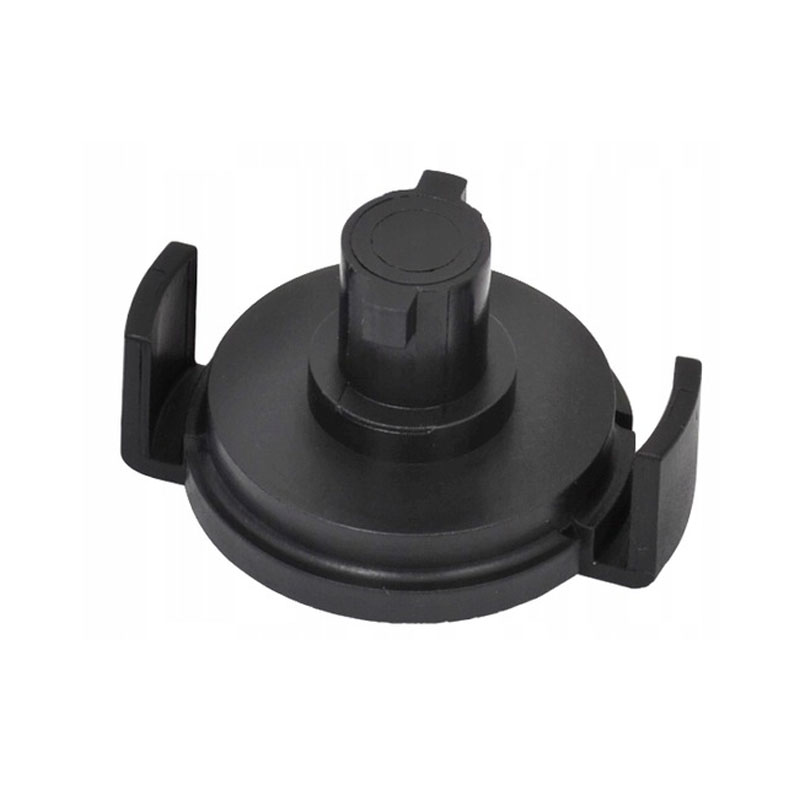torque converter seal
Understanding Torque Converter Seals Importance and Functionality
Torque converters play a critical role in the performance of automatic transmissions in vehicles. These devices allow smooth transitions between gear ratios and enable the car to operate efficiently. However, one often overlooked component within the torque converter is the seal, which plays a vital role in ensuring the effectiveness and longevity of the transmission system.
What is a Torque Converter Seal?
A torque converter seal is a mechanical component designed to prevent fluid leakage between the torque converter and the transmission housing. It ensures that the hydraulic fluid, which is essential for the converter’s operation, remains contained within the system. By maintaining proper fluid levels, the seal helps the torque converter perform efficiently and protects other transmission components from potential damage.
Importance of Torque Converter Seals
The significance of torque converter seals cannot be overstated. An effective seal is crucial for maintaining the correct hydraulic pressure within the torque converter. This pressure enables the converter to transmit engine power to the transmission reliably. If the seal fails, hydraulic fluid can leak out, leading to diminished performance, overheating, and eventually, transmission failure.
Moreover, seal failure can result in contamination of the hydraulic fluid with dirt and debris, further exacerbating issues within the transmission system. This not only compromises vehicle performance but also leads to expensive repairs if the transmission sustains damage due to low fluid levels or contamination.
torque converter seal

Types of Torque Converter Seals
There are several types of torque converter seals available, including lip seals and O-rings. Lip seals, which are more common, feature a flexible lip that maintains contact with a rotating shaft to prevent fluid leakage. They are usually made from rubber or similar materials designed to withstand high temperatures and pressures. O-rings, on the other hand, are circular seals that provide a tight seal when compressed between two surfaces. Both types play a crucial role in the performance of torque converters.
Signs of a Failing Torque Converter Seal
Vehicle owners should be aware of the signs indicating a failing torque converter seal. These may include visible transmission fluid leaks beneath the vehicle, slipping or rough shifting during gear changes, and unusual engine revving without corresponding acceleration. If any of these symptoms arise, it is imperative to have the torque converter and its seals checked by a qualified mechanic to prevent further damage.
Conclusion
In conclusion, torque converter seals are essential components that ensure the efficient functioning of automatic transmissions. By preventing hydraulic fluid leaks, these seals help maintain optimal pressure and performance, ultimately enhancing vehicle reliability. For anyone who uses an automatic vehicle, understanding the importance of these seals can help in timely maintenance, avoiding costly repairs down the road. Regular inspections and prompt attention to any signs of seal failure can significantly extend the life of your vehicle’s transmission system.
-
The Ultimate Guide to Car Repair Kits: Tools and Essentials Every Driver Should Own
News Aug.01,2025
-
The Complete Guide to Oil Pan Gaskets: Sealing Engine Leaks the Right Way
News Aug.01,2025
-
Preventing Oil Leaks: A Complete Guide to Oil Pan Gaskets and Drain Seals
News Aug.01,2025
-
Everything You Need to Know About Oil Pan Gaskets and Drain Plug Seals
News Aug.01,2025
-
Essential for Car Owners: How to Use a Car Repair Kit to Deal with Minor Breakdown
News Aug.01,2025
-
Comprehensive Guide to Engine Oil Sump Gaskets and Related Seals
News Aug.01,2025
-
The Ultimate Guide to Boat Propeller Bearings and Trailer Wheel Bearings
News Jul.31,2025
Products categories















